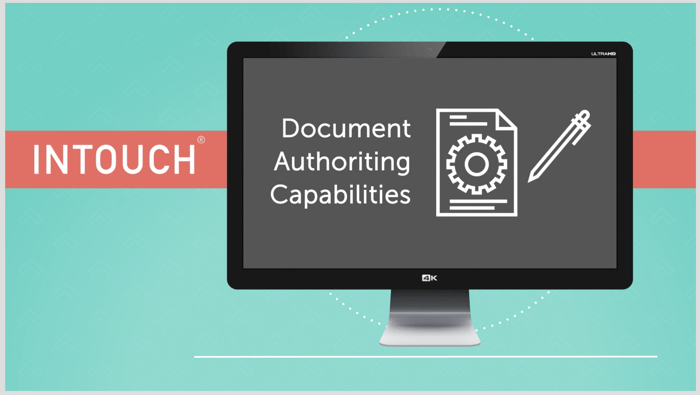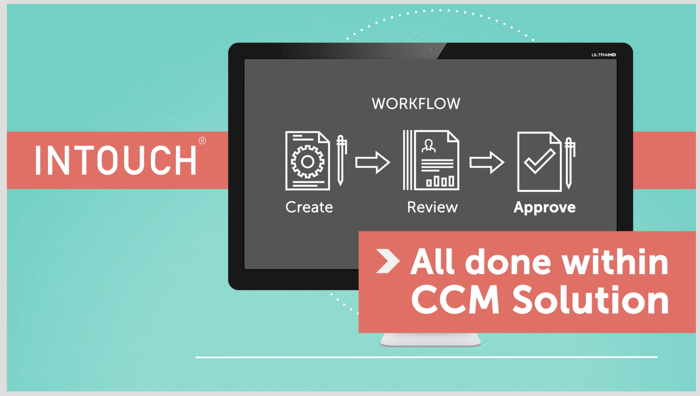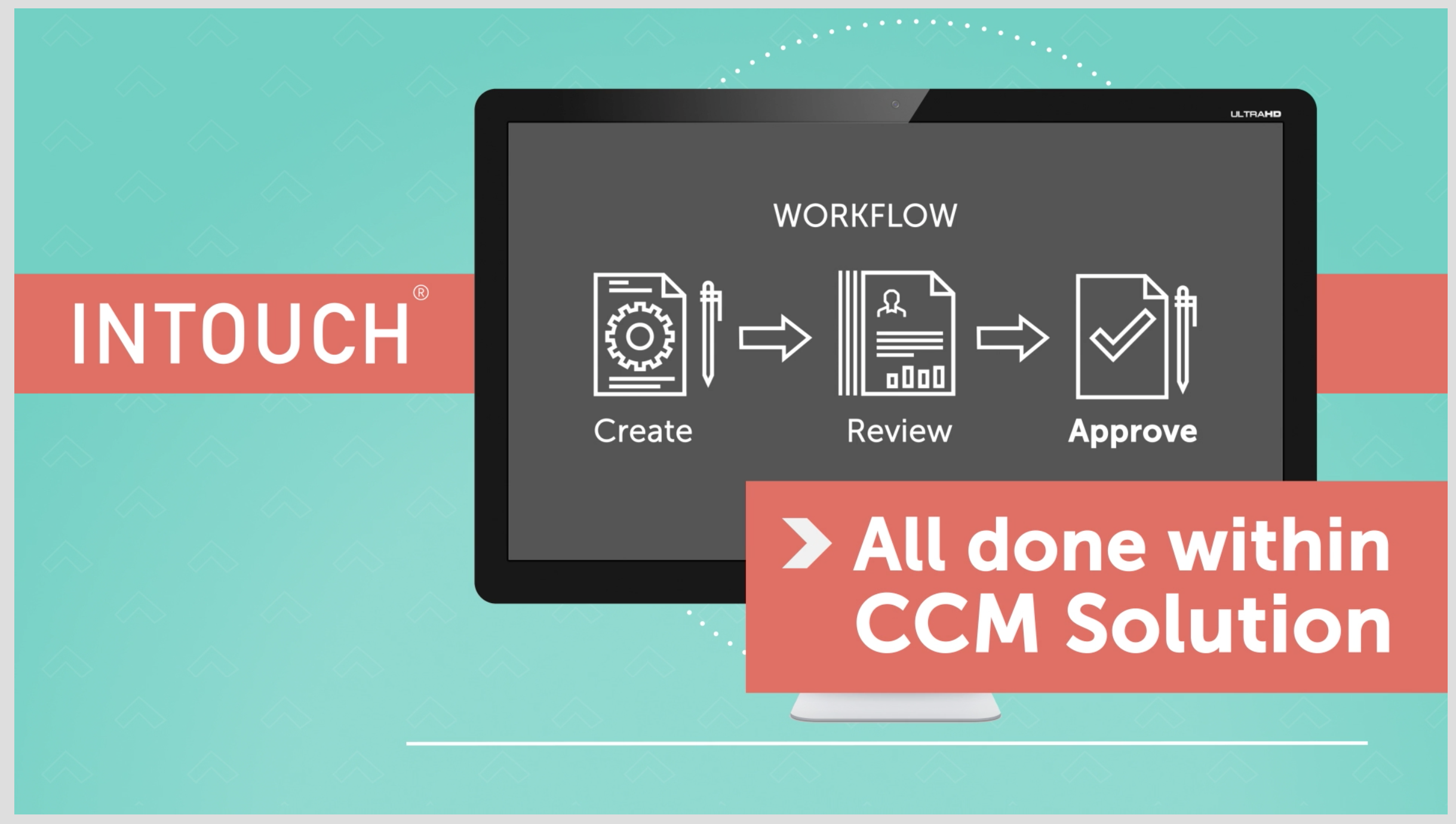Essential Features of Enterprise-Grade CCM Software
Not all customer communications management (CCM) software is created equal. In fact, there’s a fairly broad spectrum of solutions, ranging from lightweight Microsoft Word and SalesForce.com (SFDC) plugins to complex and powerful (and costly) multifunctional enterprise-grade platforms. But how can you tell if a solution that lies somewhere along that continuum has the features you need to get enterprise-grade CCM outcomes for your business without unneeded complexity and expense?
Here are four essential features a CCM solution would need to have to be considered enterprise-grade:
Omnichannel template creation: Any CCM solution that purports to serve the customer communications needs of today must have the ability to design a family of templates for one or more channels or touchpoints. Ideally, content and assets would be stored separately from the templates so it could be reused across multiple templates. The templates would also be based on open standards and therefore consumable by other components of the digital experience (DX) architecture.

To facilitate this, the composition environment of an enterprise-grade CCM solution should have a digital-first orientation. (This is in contrast to majority of traditional CCM solutions that have been on the market for some time, which have a largely print-oriented composition environment.) Some vendors and organizations consider it acceptable to treat the CCM composition environment as highly technical in nature, and so many CCM tools require users to have a deep technical understanding of the product, design, etc. to create and deliver communications.
In contrast, lighter-weight CCM solutions typically focus on email as the primary communication channel. They may also offer print (i.e. PDF files), but for the most part that’s it. You’re relatively limited in the number and variety of channels you can deliver communications through, and you’re much more limited in terms of the layout and formatting of content.
Data management: Another feature set critical to effective enterprise-grade CCM are master data management or enterprise data virtualization capabilities. This means capabilities above and beyond the traditional ETL that most traditional CCM solutions provide. Powerful CCM software must be able to interface with any data store, whether that’s the flat file, SQL-based database or the more contemporary noSQL options like HADOOP. This software provides the ability to simultaneously pull in data from multiple sources for use in personalization.
This is unlike lighter-weight CCM solutions, which typically only concern themselves with a single data source.
Robust business logic: Enterprise-grade CCM solutions must also offer robust business logic based on languages like Javascript. Unfortunately, most high-end CCM software vendors also require you to know how to code in Javascript or similar programming language to create communications. So while such solutions are extremely powerful and versatile, most business logic tools are not very easy for typical line-of-business users to use.
Lighter-weight CCM solutions offer little more than mail merge capability and other variable-driven logic.
Workflow capabilities: There are three workflow categories in CCM: business process orchestration, real-time collaboration, and review and approval of final-format communications. Business process orchestration has to do with how a user gets a task done. Ideally, the CCM tool should lead users through the steps with an intuitive and pleasant user experience.

An enterprise-grade CCM solution also needs to have workflows related to real-time collaboration. That’s when two or more stakeholders are concurrently viewing and editing content (for example, during the template development process). Users have come to expect and depend on such collaborative capabilities.
Then there are the classic staged asynchronous workflows such as content review and approval processes of final-format communications, which could include individual assets or entire templates. An example of a common asynchronous workflow would be setting the CCM software to route all new employees’ communications for review, and then gradually dropping back the frequency of admin reviews as each employee gains experience and expertise with the system.
Lighter-weight CCM solutions don’t usually have any of these workflow capabilities built in. Rarely, one might provide limited workflow capability, such as providing integration with enterprise file syncing and sharing (EFSS) for template review, but generally speaking they do not offer admin review capability for outbound communications.
Topdown Solutions Offer All of These Features (and More)
These features constitute the baseline of what we’d consider to be enterprise-grade CCM. It’s not an exhaustive list. At Topdown, we take a different approach with our CCM solutions, including our more traditional on-premise software CLIENT LETTER® and our new 100% cloud-based solution INTOUCH®.
- We make our composition tools business user-friendly for easy and intuitive omnichannel communication creation and delivery.
- We focus on streamlining data management for frictionless data, content and asset sharing across the entire DX architecture.
- We offer some of the most powerful business logic capabilities among CCM solutions, but we’ve made it WYSIWYG enough for any line-of-business user to implement without assistance from a technologist.
- INTOUCH will also have all three workflow capabilities. We built the entire product with collaboration in mind, and we’ve been vetting workflow processes with actual users to ensure the UX is where it needs to be. Smart process-oriented workflows are already in place, including user prompts, finalizing communications, and presenting users with previews that reflect how communications will actually look in the channel(s) in which they’ll be delivered.
Want to know more about how to achieve enterprise-grade CCM outcomes, no matter the size of your company? Be sure to subscribe to our blog.







